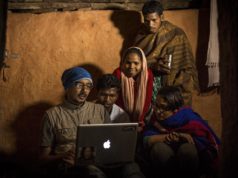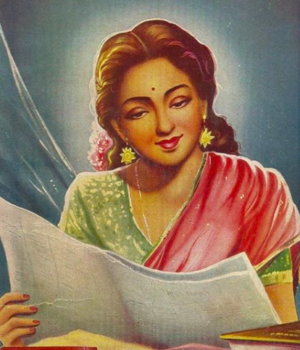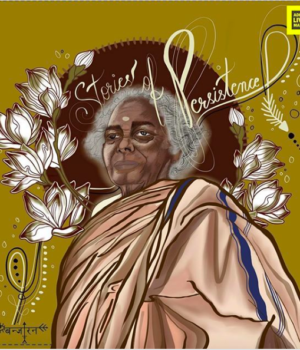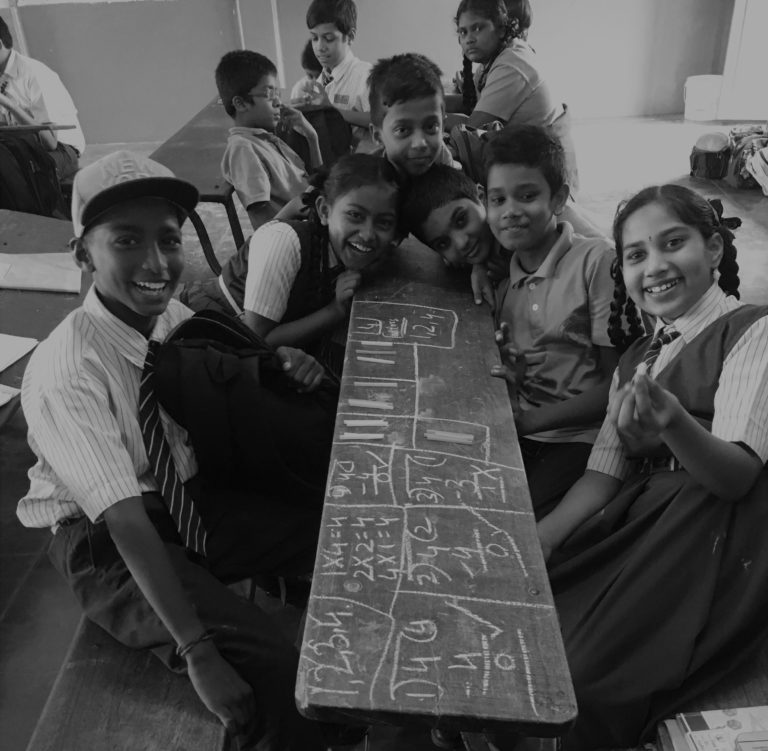
Ever since we were kids, we were told that every child is like a snowflake; unique and beautiful in his/her own way. But our unidirectional educational structures tell another story. It dogmatically imposes a standard learning style on every child irrespective of their individual capacities. It is one-sided and doesn’t allow for student feedback. It places more than required importance on academics and not enough on developing the children’s value system and on their mental well-being.
But all is not lost yet. Teach For India is a non-profit organisation that is a part of the Teach For All network. The Fellowship recruits college graduates and working professionals to serve as full-time teachers in low-income schools for two years. They are working towards ending the problem of educational inequity in India and use innovative teaching methods that develops a child’s capabilities in a more holistic manner.
This Teachers’ Day, we spoke to a few of the fellows from Teach For India, Bangalore about the innovative teaching methods they employ and how it helps their students.
TEACHING METHODS
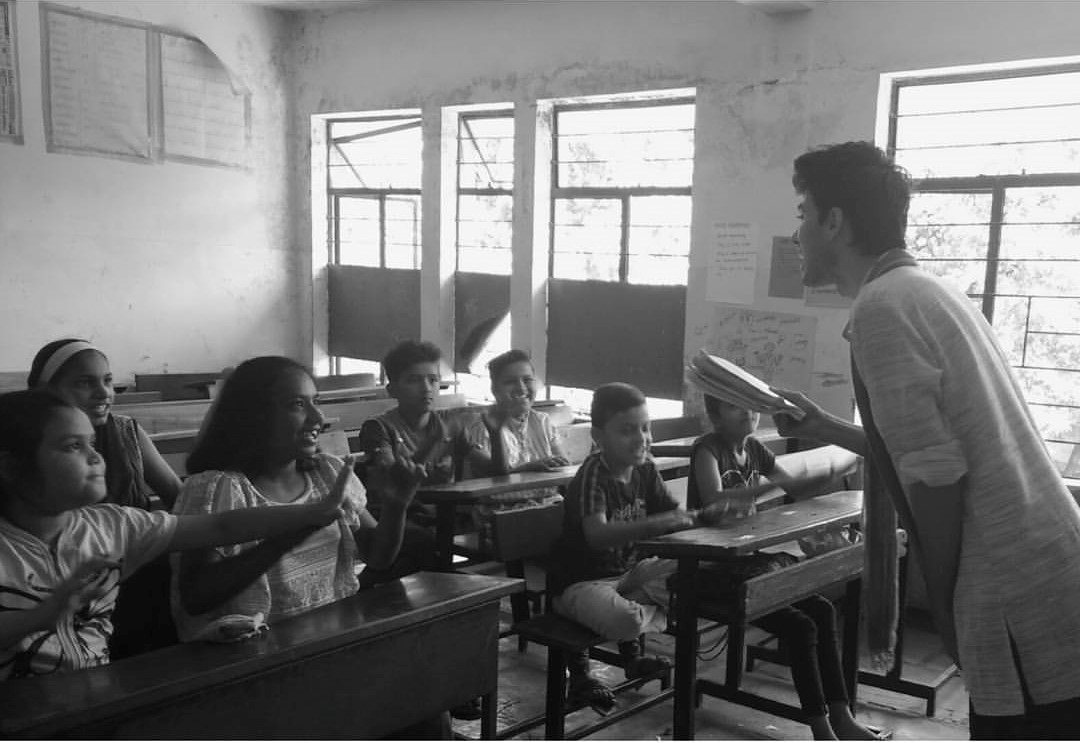 “There is equal participation on behalf of both the teachers and students. For example, during lessons teachers and students are allotted the same amount of time to speak. That is non-negotiable.”, says Manisha who has been working with Teach For India for a year and a half now.
“There is equal participation on behalf of both the teachers and students. For example, during lessons teachers and students are allotted the same amount of time to speak. That is non-negotiable.”, says Manisha who has been working with Teach For India for a year and a half now.
They aim to empower children to be independent and self-sufficient from a young age. They teach them to think critically and to make decisions for themselves.
“A lot of structures are in place where a class can go on without the teacher’s presence. The students know how to handle themselves.”, says Manisha. “It is fascinating to see how kids internalize structures when they are exposed to them regularly, it is so much easier than just shouting at them!”
Teach For India fellows encourage their students to maintain a reflection journal. They put down their thoughts, their feelings and their actions in these journals. It forces them to introspect and to be more mindful of their actions.
“Students are encouraged to deliver mini-lessons; it helps them gain confidence in themselves. It also inspires other students to see their peers conduct lessons.”, Says Tejas who has been a fellow for over a year.
Since every child doesn’t have the same capability, the fellows adopt various methods to get through to their students. “Students can pictorially represent their answers if they are facing trouble expressing their answers.”, says Tejas.
The Teach For India classrooms are dynamic and something new is always happening. Questions are encouraged and curiosity is rewarded. Artwork by everyone is displayed so that the classroom seems like a place where everyone belongs, a place where everyone is relevant.
SUCCESS STORIES
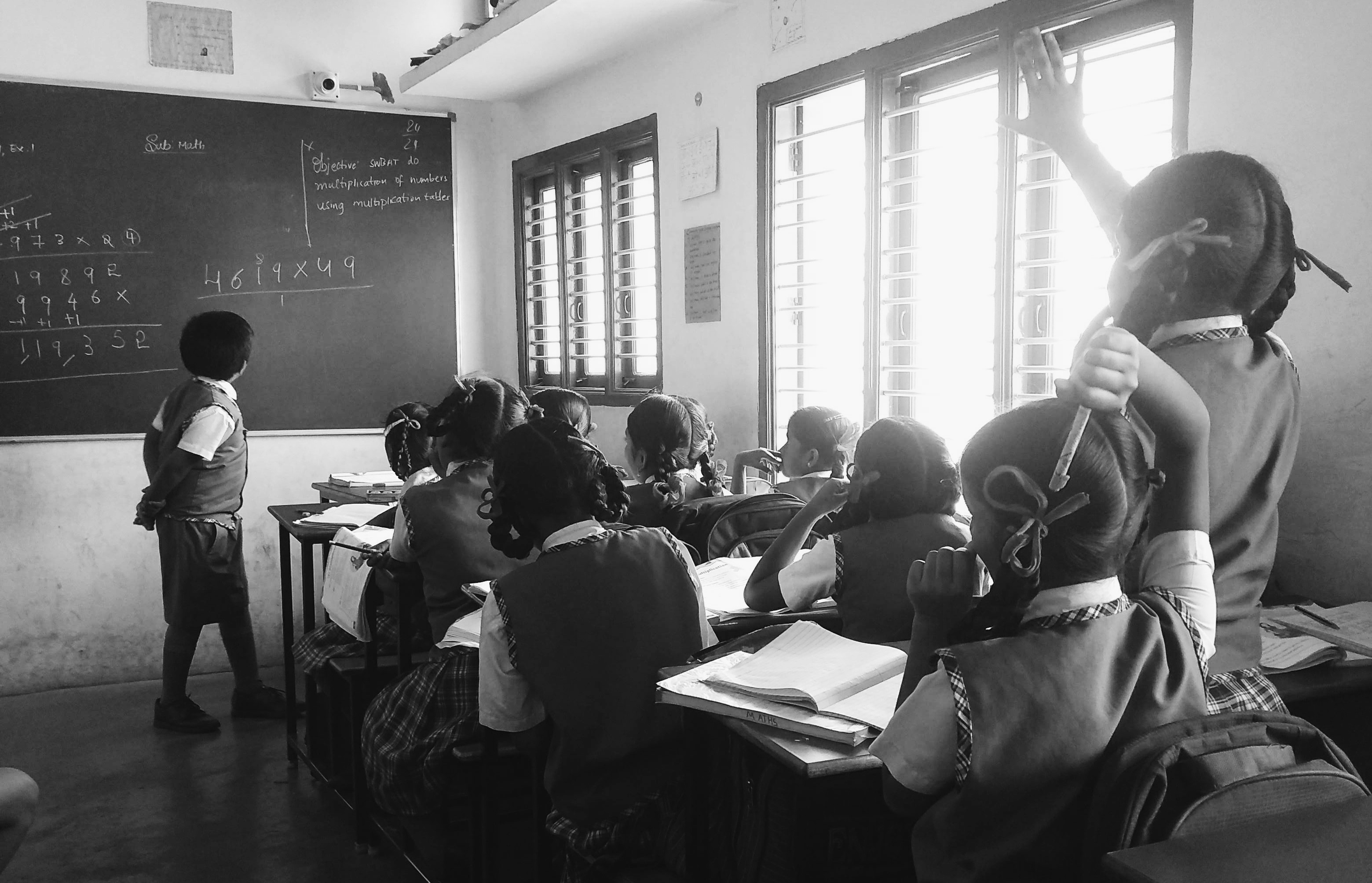
The Teach For India fellows have seen children undergo massive transformations due to these innovative methods that they use.
“Nitin is a student of mine. He was an absolute nightmare. He wouldn’t respond to any behavioural management techniques that we use. He wouldn’t respond to any positive reinforcements, nor to threats of consequences set to him. But by being consistent in what I was doing as opposed to screaming and shouting turned him over. Now when he is upset or angry I just hand him a notebook and ask him to reflect and write what made him feel that way. It gives both him and me better clarity.”, says Manisha.
When asked about how he feels about doing his part in giving back to the community Tejas says, “It is not giving back. I take back so much more in so many ways, by giving something minimal.”
Read more about Teach For India’s work here and here.
Written by Anmol Akanksha Nayak


